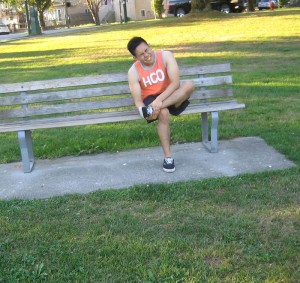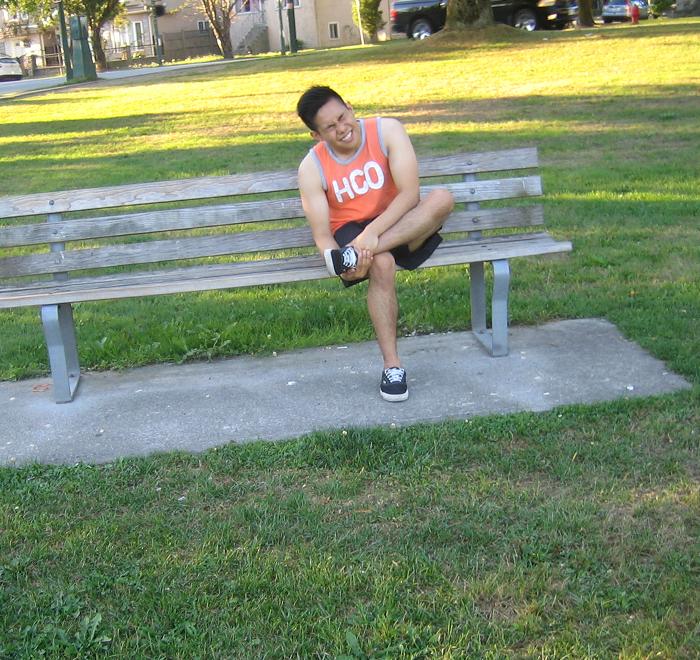An ingrown toenail is a condition that usually affects the big toe. In this condition, the corner the toenail grows and infiltrates the soft tissues of the toe and results to pain, swelling, redness and there is the risk for infection. Ingrown toenail usually develops in individuals wearing tight shoes, athletes and incorrect trimming of the edges of the toenail.
There is high risk for complications if the affected person has diabetes or has poor circulation of blood in the area. This condition recurs every now and when the condition is not properly treated. Both male and female are susceptible to this condition. Teenagers with sweaty feet and elderly people with hardened and thick toenails are also susceptible to develop an ingrown toenail.
What are the causes?

- Improper trimming of the toenails or the nails are cut too short which causes the edges to go deep inside the skin and soft tissue that surrounds the nail.
- Narrow footwear or very tight shoes. v
- Damage to the toenail.
- Deformity of the toenail since birth.
- A person with flat feet and wearing tight fitting shoes
- Abnormal curvature of the toenail which are common among the elderly
- Suffering from conditions such as arthritis and diabetes are at high risk
Symptoms
- Pain and difficulty walking
- Mild to moderate pain in the tip of the toe.
- The affected area becomes reddened and swollen
- The edges of the nail grow inwards into the skin
- The toenail and the surrounding area is tender, warm and painful when touched.
- The corners of the nail are soft and there is accumulation of fluid that might be red or fluid filled with pus.
Treatment
- Soak the feet in warm water with Epsom salt or as hot as tolerated. Soak the feet for at least 15-30 minutes at 2 times throughout the day to soften the toenail soft and reduce the risk for infections.
- Trim the toenail and take extra care on the ingrown toenail. Cut the toenail straight without any pointed parts near the edges. Avoid cutting toenails that are rounded off.
- Make the toenail slightly raised and place a small piece of cotton between the toenail and the skin to prevent an ingrown toenail developing. Change the cotton and clean the affected area regularly to lessen the risk for infection.
- Apply the prescribed antibacterial ointment on the affected area and cover using a bandage.
- In a foot tub filled with warm water, mix 1-2 cups of povidone-iodine. Povidone iodine has an antimicrobial property.
- Apply oils such as tea tree oil or baby oil to moisturize and soften the skin as well as minimize the pressure placed on the toenail when wearing shoes.

